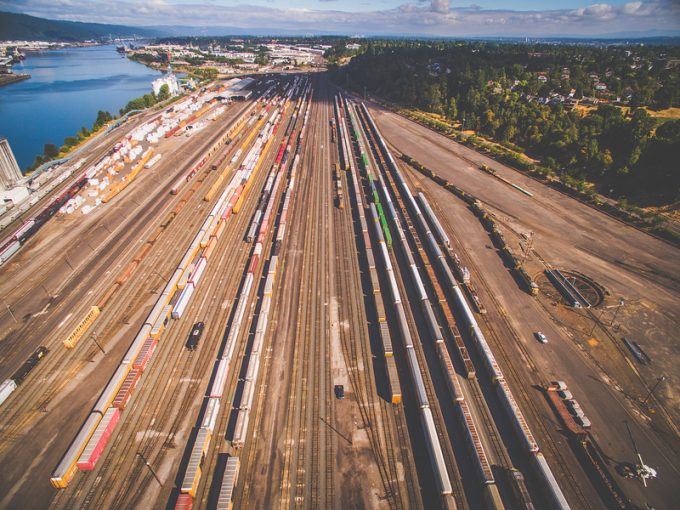Tariff exposure round-up – Fedex, UPS, CH Robinson & Expeditors
…and the Class I railroads?

The peak season appears to have come early this year for rail shippers in southern California,
Spot rates for bookings on Union Pacific (UP) surged as much as 40% as customers scrambled for containers and open slots on trains.
According to one source, the shortage of containers has been at a level usually seen at the height of a peak season.
In an announcement to customers on 30 June, Kenny Rocker, UP’s executive vice-president marketing & sales, noted that volumes had risen as ...
Volcanic disruption at Anchorage could hit transpacific airfreight operations
Macron calls for ‘suspension’ – CMA CGM's $20bn US investment in doubt
De minimis exemption on shipments from China to the US will end in May
Forwarders stay cool as US 'liberation day' tariffs threaten 'global trade war'
Trump tariffs see hundreds of cancelled container bookings a day from Asia
Mixed response in US to 'Liberation Day', while China leads wave of retaliation
Tariffs and de minimis set air freight rates on a volatile course

Comment on this article